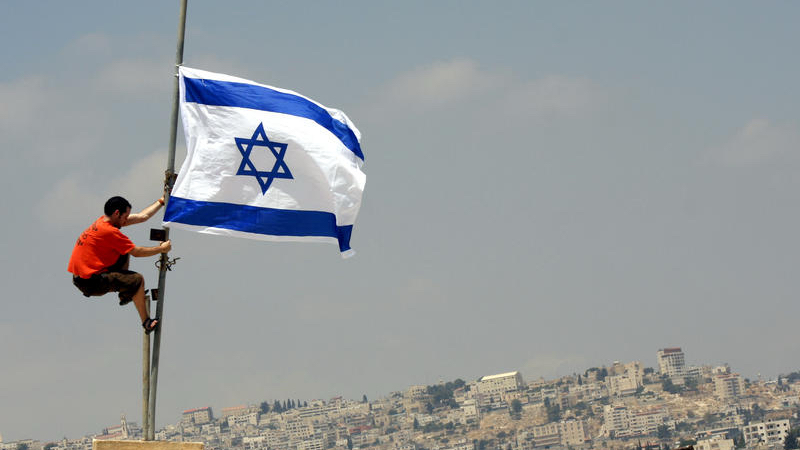The Arabic engraving was discovered in a mosque in the Palestinian village of Nuba near the biblical town of Hebron in Judea. A few days earlier, a papyrus from the First Temple Period, containing the earliest known extra-biblical mention of Jerusalem, had been exhibited by Israeli archaeologists.
Both of these finds confirm the existence of the biblical Jewish Temple, something that the Palestinians, Muslims and UNESCO (see opposite page) are working so emphatically to deny.
The unique inscription in the prayer niche of the mosque, known as muchrab, dates to the 10th century AD, according to Israeli archaeologists Asaf Avraham and Peretz Reuven. For centuries, Muslims in the Land were absolutely sure that the Jewish Temple once stood in Jerusalem. In addition, Islamic sources from the same period indicate that the Dome of the Rock was often referred to as Beit Al-Makdas or “House of the Temple.”
It is only in the last 50 years with the rise of Palestinian nationalism and increasing attempts to delegitimize Israel that the Palestinians have been propagating the myth that the biblical Temple never existed.











